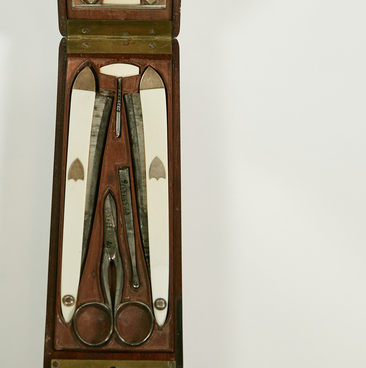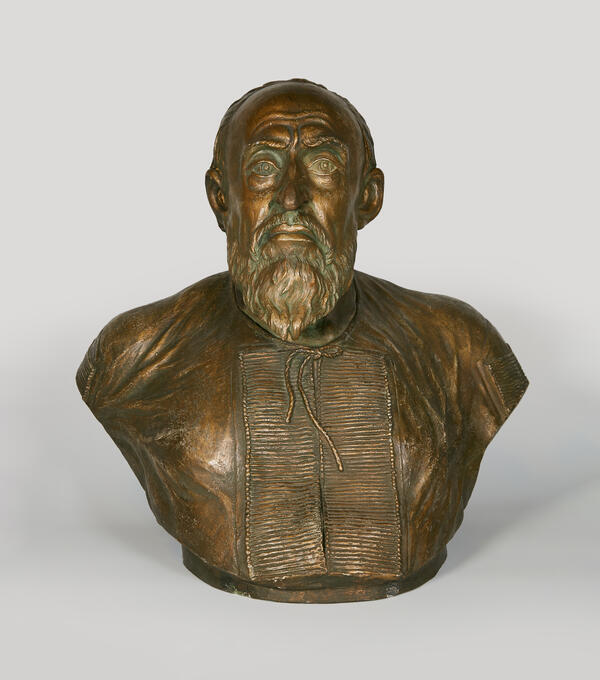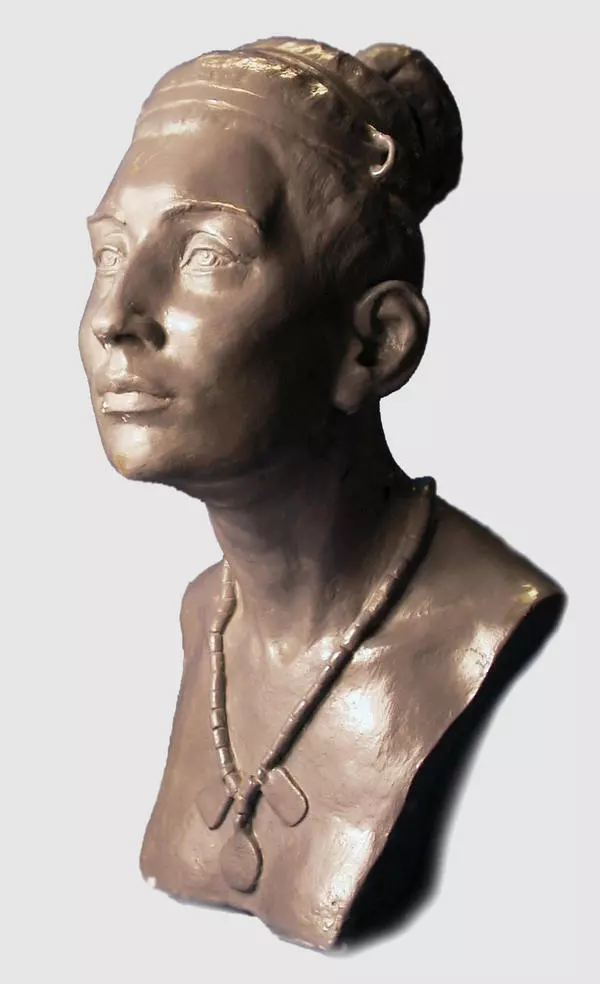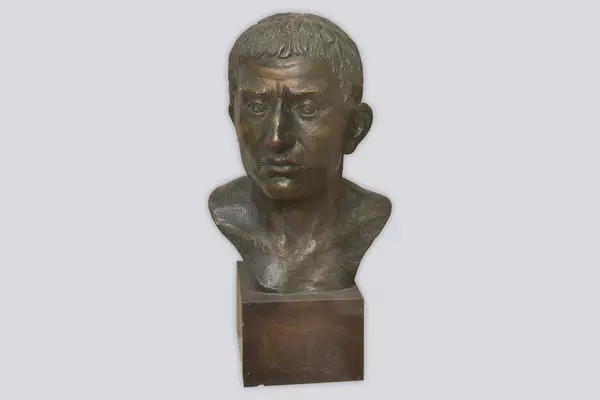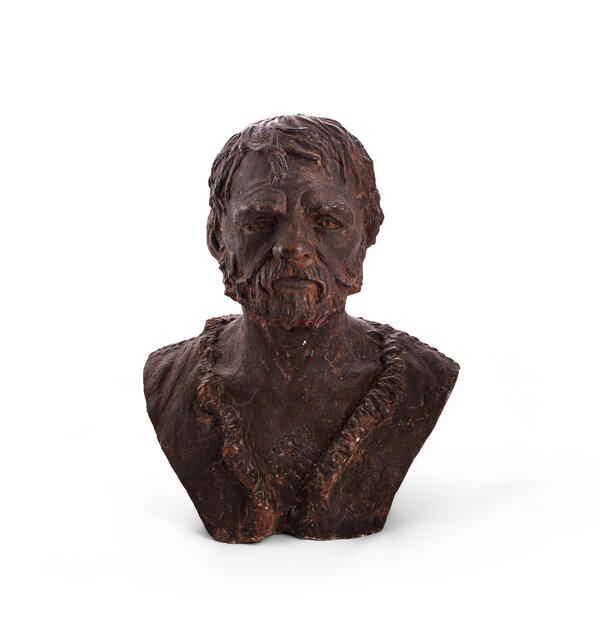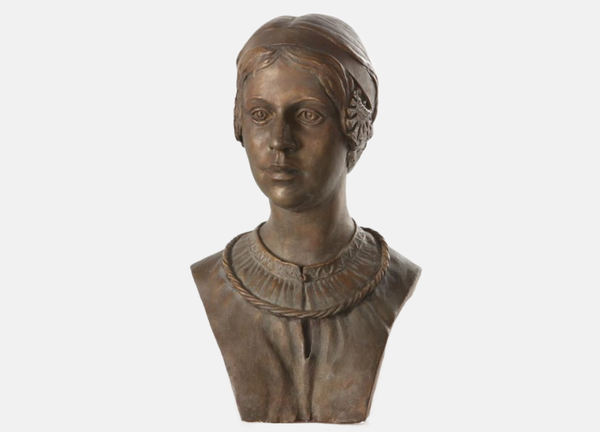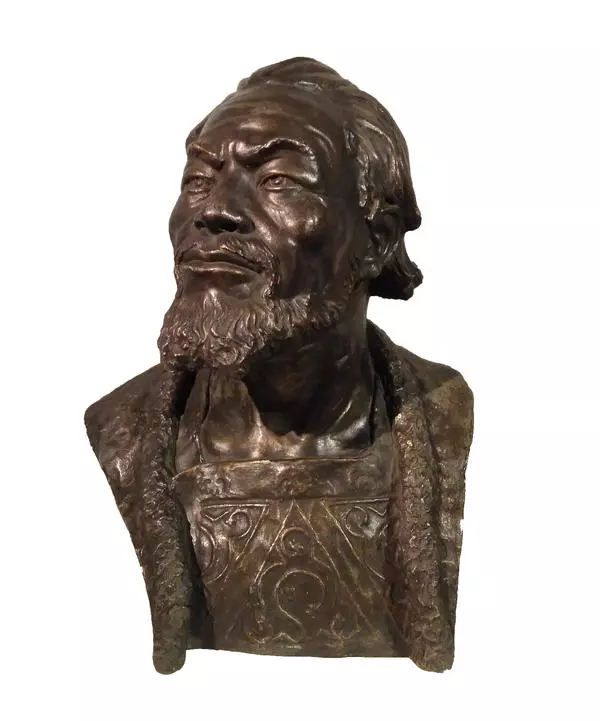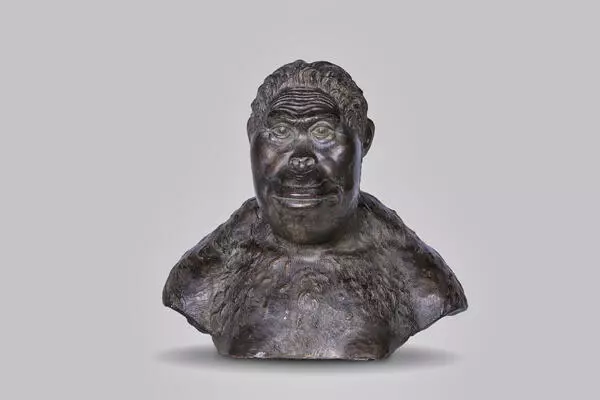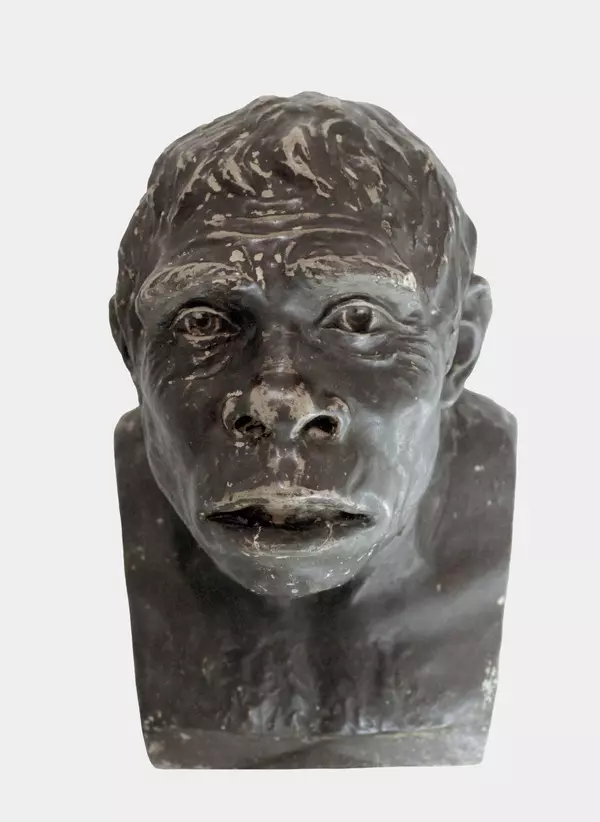The Museum of Moscow houses unique objects found in Slavic burial mounds of the 11th and 12th centuries, excavated on the territory of Moscow and the Moscow region.
The first Slavs on the territory of the Moscow region appeared in the 10th century, but the majority settled in this area two centuries later. These were the descendants of the Vyatichi and Krivichi, who were mentioned in chronicles, specifically the “Russian Primary Chronicle” (literally — “The Tale of Bygone Years”). There are various types of Slavic monuments, for instance, a selische is an open unfortified settlement, a gorodische — a fortified settlement, and a kurgan — a low rounded burial mound, erected at a distance from settlements. A lot of such mounds are scattered around the Moscow region, they were located in the modern-day residential areas of the city: Zyuzino, Cheryomushki, Chertanovo, Tsaritsyno, Konkovo, Matveevsky, Fili, and Tushin. Slavic burials provide the most information about the life of the distant ancestors of the Russians: elements of costume, jewelry, household items and — occasionally — weapons are preserved in such structures.
In 1951, archaeologists under the leadership of Antonina Vladimirovna Uspenskaya (State Historical Museum) examined a grouping of burial mounds in Savvinskaya Sloboda in the vicinity of Zvenigorod. In one of the burials of the 11th–12th centuries, a well-preserved female skull was found, which served as the basis for sculptural and anthropological reconstruction, using the Mikhail Gerasimov method. It was completed in 1952 on the instructions of the Museum of History and Reconstruction of the City of Moscow (now the Museum of Moscow) with the participation of Mikhail Grigoryevich Rabinovich. The traditional decoration of the Slavs from the Vyatichi tribe were seven-rayed temple rings, which were woven into their hair or worn on a headdress. Temple rings were the favorite jewelry of female Slavs. Some rings were used as earrings. On the territory of Moscow and the Moscow region, two types of temple rings are usually found — ones with rays and bracelet-shaped ones. The former had an odd number of expanding petals of various sizes, most often seven; hence, the researchers call them “seven bladed” rings. The latter were made of wires rolled into a circle, similar in shape and size to bracelets.



